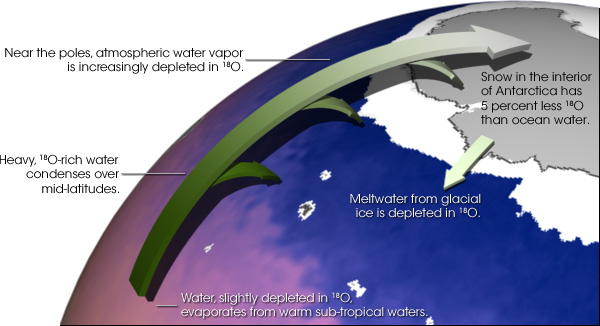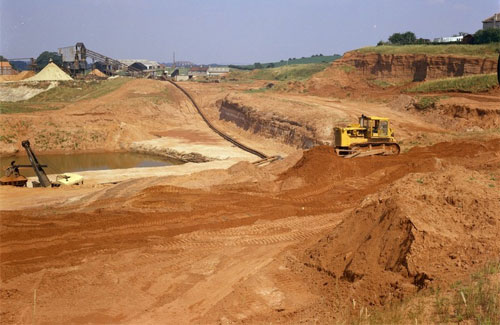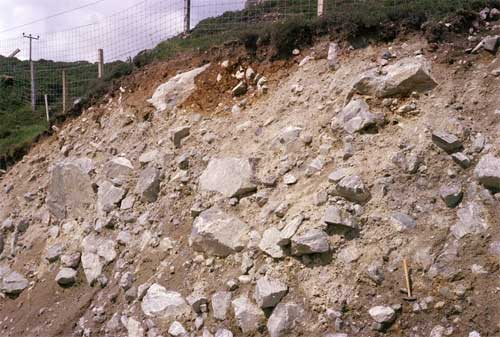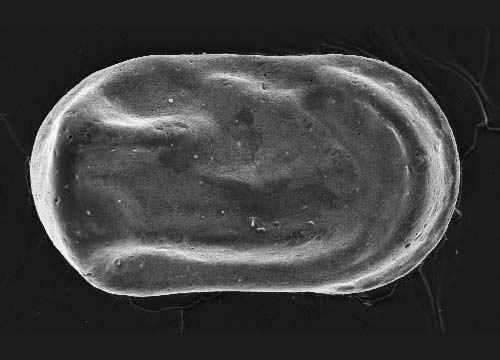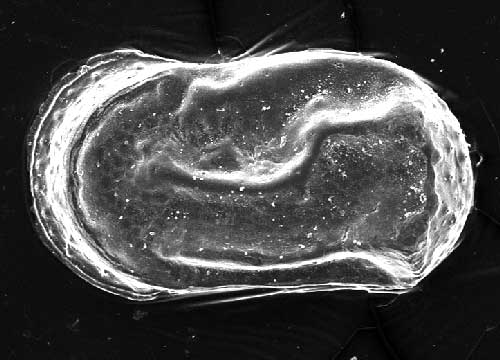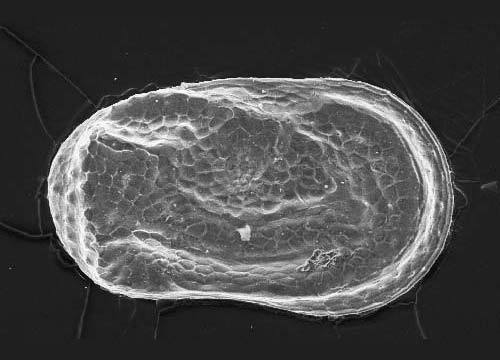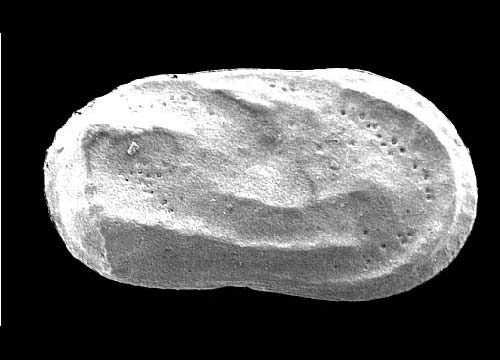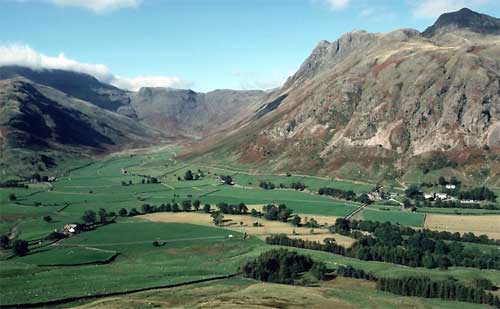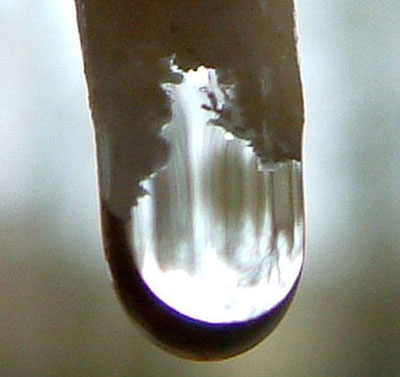Past climates — evidence
How do we know about the different climates that Britain has experienced in the past? Geologists find evidence in all sorts of places.
Rocks
The characteristics of different rocks depend on the environment in which the sediments were deposited.
Some sands and gravels are dropped by glaciers as they melt and they become a distinctive rock called till.
Where till is found there must have been glaciers and therefore it must have been cold.
Rocks that form in a hot desert environment are often coloured red with iron deposits.
Also at high temperatures, sea water can evaporate quickly leaving behind a layer of salt on the ground which becomes preserved in the rocks and is another indicator of a hot climate.
Fossils
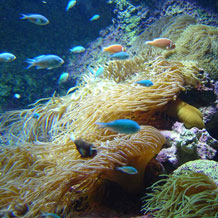
Different species of plants and animals need different conditions to survive. Some plants and animals can be very sensitive to climate and do not adapt easily to change.
For example coral reefs live in tropical waters. They need a particular temperature, a specific depth of water and the right amount of light. If the depth of the water changes just a fraction, they cannot survive.
Therefore where fossil corals are found it is possible to estimate fairly precisely the environment they lived in by assuming that they needed the same conditions as those that thrive today.
Pollen and spores
Plants produce pollens and spores that are particularly useful in helping to determine climate. They are tiny with a resistant outer case and are produced in millions.
This means that they can be covered in mud quickly and are more easily preserved as fossils than large animals.
Each plant has different shaped pollen or spores so when the fossil is put under a microscope it is possible to identify the type of plant it came from.
Different plants are adapted to different climates therefore looking at all the types of pollen present in a layer of rock can be a good indication of the climate at the time when they were living.
Microfossils
Microfossils are tiny fossils, usually smaller than 4 mm in size.
They can be the remains of minuscule life forms or microscopic parts of plants and animals, for example tiny bones from larger animals.
Like other plants and animals they may require specific living conditions, but they are more abundant and are found in many types of sedimentary rocks. Because of this they can be a useful indicator of how climate has changed over a period of time.
Landscape
Today's landscape gives clues to the climate of the past. Glaciers for instance, left telltale signs of their activity.
As glaciers moved slowly down river valleys in the UK, they often carved out a semicircular shape, similar to the deep U-shaped valleys of the Norwegian fjords.
Glaciers also pick up pieces of rock and gravel and, as they move forwards, this debris scratches grooves called 'striations' into the rocks on the valley floor.
When the ice melts, the very large pieces of rock they have been carrying are dumped, often many miles from where they were picked up. These abandoned boulders are called 'erratics'. All of these kinds of erosion and deposition, clearly tell of temperatures much colder than our current climate.
Oxygen isotopes
There is more than one type of oxygen and these different types are called isotopes.
Some of these isotopes are ‘heavier’ than others and this mass is determined by the number of neutrons the isotopes contain. Oxygen-16 (containing 8 protons and 8 neutrons in each atomic nucleus) is lighter than oxygen-18 (8 protons and 10 neutrons).
In water the relative amount of each of type of oxygen varies with the temperature.
Rain and ice contain water high in oxygen-16 so when there is lots of ice the ocean water is left with a lot of oxygen-18.
Shells and sediments carry the isotopic signature of the water in which they were formed.
Therefore, by analysing the ratio of oxygen-16 to oxygen-18 recorded in rocks, fossils, ice and sediments we can find evidence of the climate at the time they were formed.
